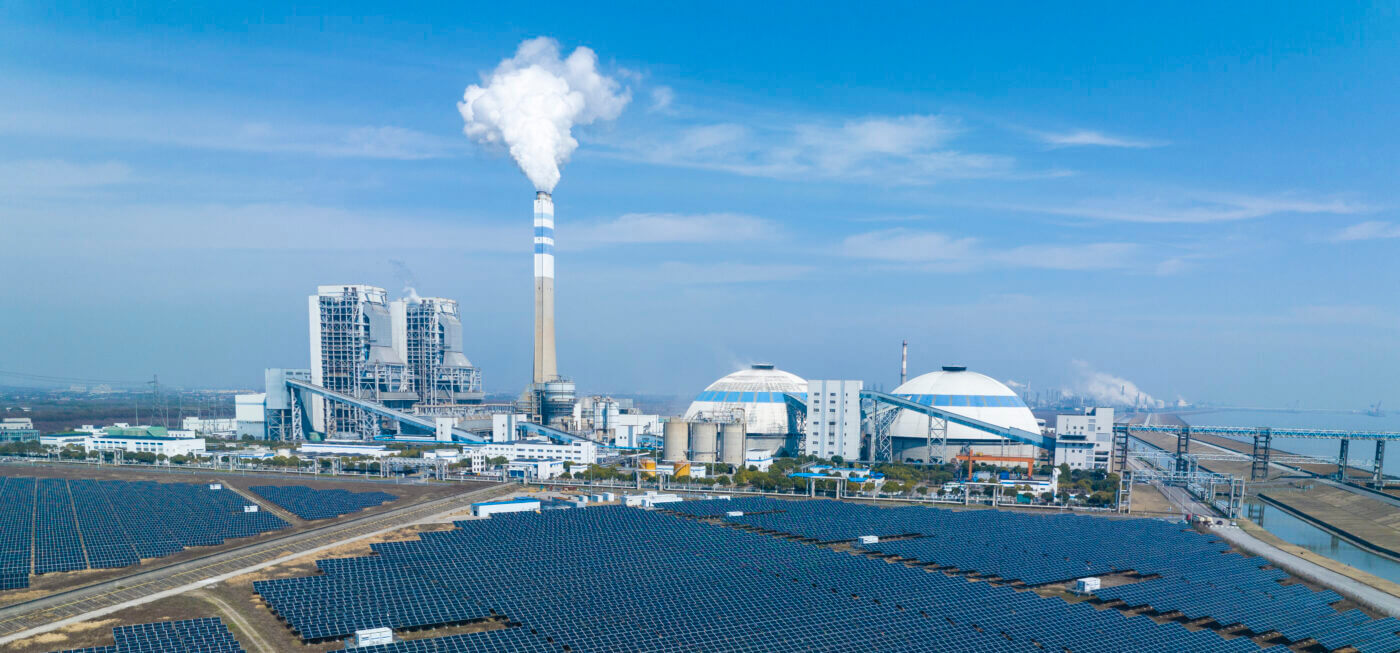
How national governments can harness the potential of carbon capture and storage in Europe
Clean Air Task Force (CATF) is thrilled to launch a new series of fact sheets exploring the potential for carbon capture and storage technologies in decarbonising key industrial sectors across Europe. The deployment of these technologies are a vital element for Europe to achieve its 2030 and 2050 climate targets.
As has been recognised by the IPCC, the International Energy Agency and the European Scientific Advisory Board on Climate Change, carbon capture and storage has a crucial role in tackling emissions from industrial processes and fossil fuels. Countries such as the UK, Norway, the Netherlands, and Denmark are leading the way, but the need is Europe-wide. While the EU has set the stage for deployment through the inclusion of carbon capture and storage in the Net Zero Industry Act (NZIA), the ongoing updates of the National Energy and Climate Plans (NECPs) and the forthcoming Industrial Carbon Management Strategy, ultimately, it will be up to the EU’s Member States to ensure deployment through regulatory frameworks, funding supports, and ensuring access to geologic storage. Our fact sheet series ‘Europe’s Carbon Capture Landscape’ will hone in on these aspects, starting with Spain, Croatia, and Bulgaria detailing how each country can best deploy carbon capture and storage to protect vital European industries, safeguard thousands of jobs, and achieve our climate goals.
Despite the positive policy signals at the EU level and detailed policy actions from the UK, a glance at CATF’s map of carbon capture and storage projects illustrates how deployment is concentrated in a handful of countries, mainly around the North Sea – a model of deployment that will likely cause higher costs and limit CO2 capture volumes. It is imperative that these technologies expand this decade, so that all European countries can tap into their immense decarbonisation potential. This will be key to ensuring that European industry will be competitive as we approach net zero. Countries that fail to support carbon capture and storage are likely to face industrial-competitiveness challenges against green industries in other countries and regions, as well as facing the prospects of a higher ETS prices and the phasing out of free allowances over the next decade.
With the EU’s comprehensive strategic vision for carbon capture and storage expected later this year, it is crucial that Member States get to grips with the potential for this decarbonisation technology in their own planning. There is no one-size-fits-all pathway to integrating carbon capture and storage; each country will need to assess the needs, opportunities and barriers to deployment particular to their circumstances. Our country-level fact sheet series, along with CATF’s work on, are designed to provide a clear picture of the state of, potential, and need for these technologies across Europe. These fact sheets should serve as a jumping off point for decisionmakers looking to tackle this process across the continent. This is of particular relevance now that the European Commission is in the process of evaluating and assessing the compliance of Member States’ draft NECPs to achieve the EU’s 2030 revised climate targets. The NZIA requested Member States to make publicly available, in their draft NECP where CO2 storage sites can be permitted to further understand CCS cost drivers, existing and planned CO2 storage sites and provide a more concrete estimation of potential CCS demand.
Download the fact sheets and stay tuned for future releases as we continue our journey across Europe, exploring the unique opportunities and challenges faced by each member state in their quest to harness the potential of carbon capture and storage.



